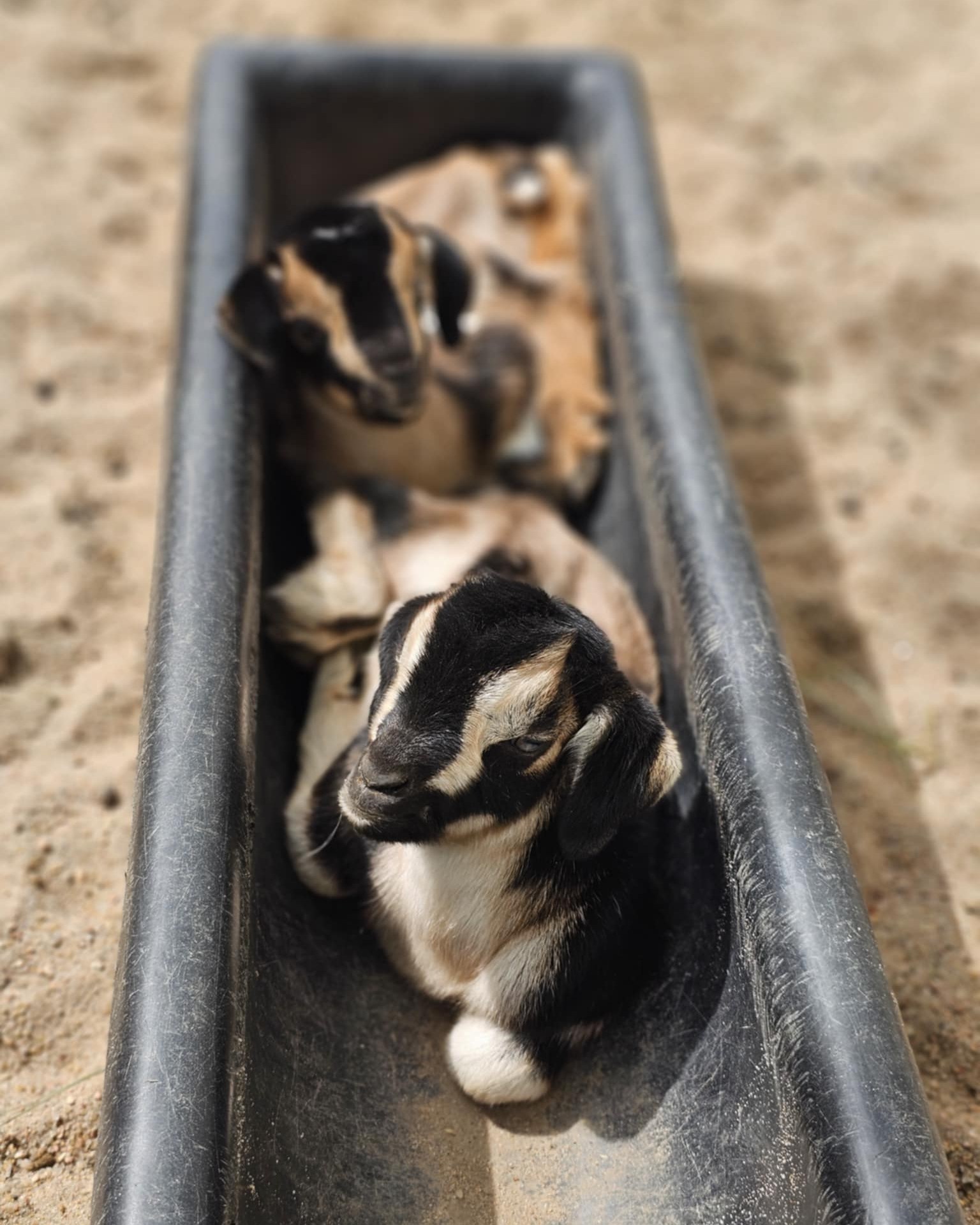- Introduction to the spring birthing season at SCZ and its importance in zoological conservation.
- Differences and similarities between sheep and goats, highlighting their behavioral and biological traits.
- The role of zoos in wildlife education and conservation, emphasizing the SCZ Children’s Farm.
- Understanding the breeding and birthing process of sheep and goats.
- Visitor engagement and educational opportunities at SCZ during the spring season.
Every spring, the South Carolina Zoo (SCZ) bursts into life with new arrivals in its Children’s Farm. This season marks the birth of diverse young animals, including twin goats and sheep. The joyful event not only attracts visitors but also plays a critical role in conservation and education efforts. By actively engaging with these new animal arrivals, visitors can learn about their life cycles, behaviors, and contributions to the ecosystem.
At SCZ, both sheep and goats have distinctive roles in balancing the farm’s ecosystem. While they may appear similar, they differ in many ways. Goats, for instance, are naturally curious and enjoy climbing. They possess a higher intelligence level, making them engaging companions and fascinating to observe. Sheep, on the other hand, are typically more docile. They prefer to graze, offering a calmer presence on the farm. Both animals are social, thriving in herds where they communicate through various vocalizations and body language. Understanding their behaviors provides insights into their welfare needs and natural habits.
SCZ’s mission extends beyond entertainment; it is deeply rooted in wildlife conservation and education. The Children’s Farm is a microcosm of this mission, offering an interactive platform where families can learn about sustainable farming practices and the importance of biodiversity. By showcasing the spring birthing season, SCZ emphasizes the critical role zoos play in preserving species and educating the public. Through hands-on experiences, visitors grasp complex ecological concepts such as life cycles, nutrition, and animal welfare.
Breeding and birthing at SCZ are meticulously planned to align with nature’s rhythms. Sheep typically have a gestation period of about five months, while goats are pregnant for about 150 days. As spring arrives, both species welcome their offspring, often in multiples, enhancing genetic diversity and herd vitality. The care team at SCZ ensures mothers and their young receive optimal care, focusing on nutrition and environmental enrichment during this critical stage. Observing these processes provides valuable learning for visitors and contributes to broader conservation goals.
The spring season at SCZ is a unique opportunity for visitor engagement. The sight of young animals exploring their surroundings captivates both children and adults. SCZ offers educational programs that highlight the importance of ethical animal care and conservation. These programs are designed to foster stewardship and a deeper understanding of the natural world. By visiting the zoo during this vibrant season, guests contribute to the ongoing support and awareness of wildlife conservation efforts.
SCZ’s spring birthing season stands as a testament to the cycle of life within the zoo’s educational and conservation framework. It provides a dynamic environment where learning, conservation, and entertainment intersect. Visitors are invited to witness these significant moments, gaining valuable insights into the intricate web of life and the essential role we all play in preserving it.
*****
Source Description
We’re not KIDDING around! 🌷🐐 Spring has sprung here at SCZ!
Both sheep and goats have started to give birth in our Children’s Farm, which happens every spring. These little ones are twins who have already begun getting the zoomies and are keeping up with their mom.
Be sure to stop by and see them the next time you’re here!
📷Photo Credit: Keeper Carolyn


